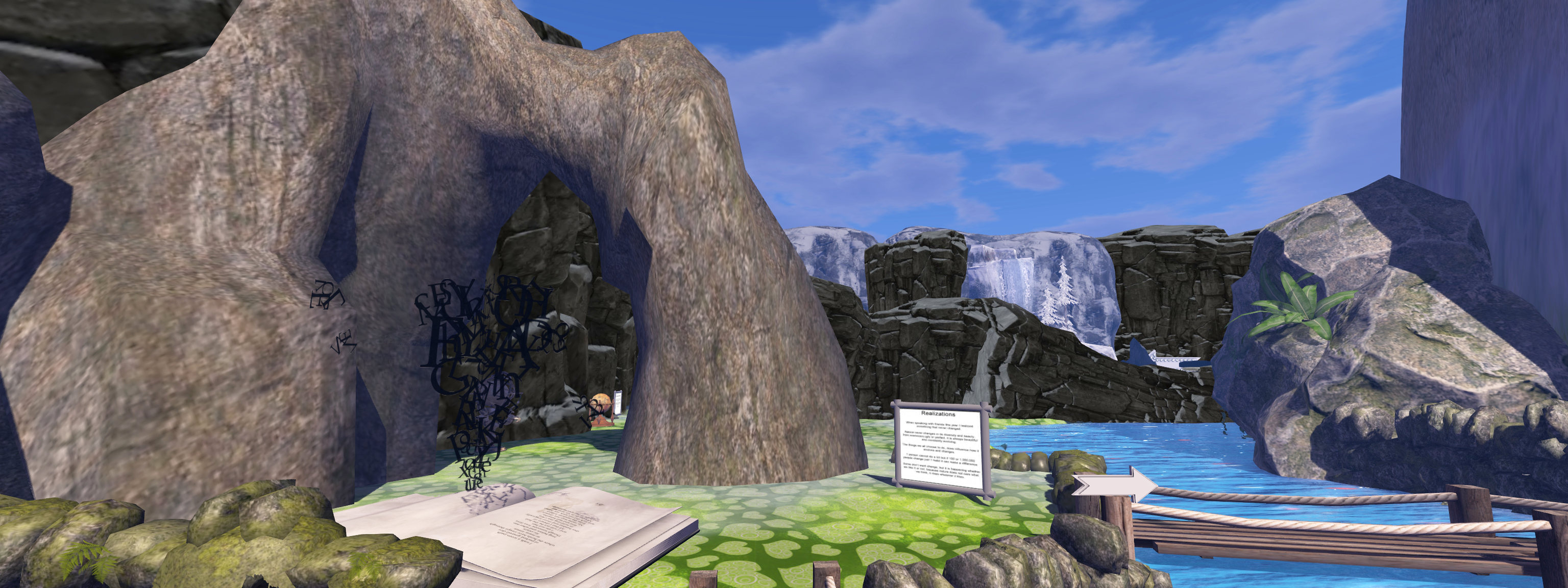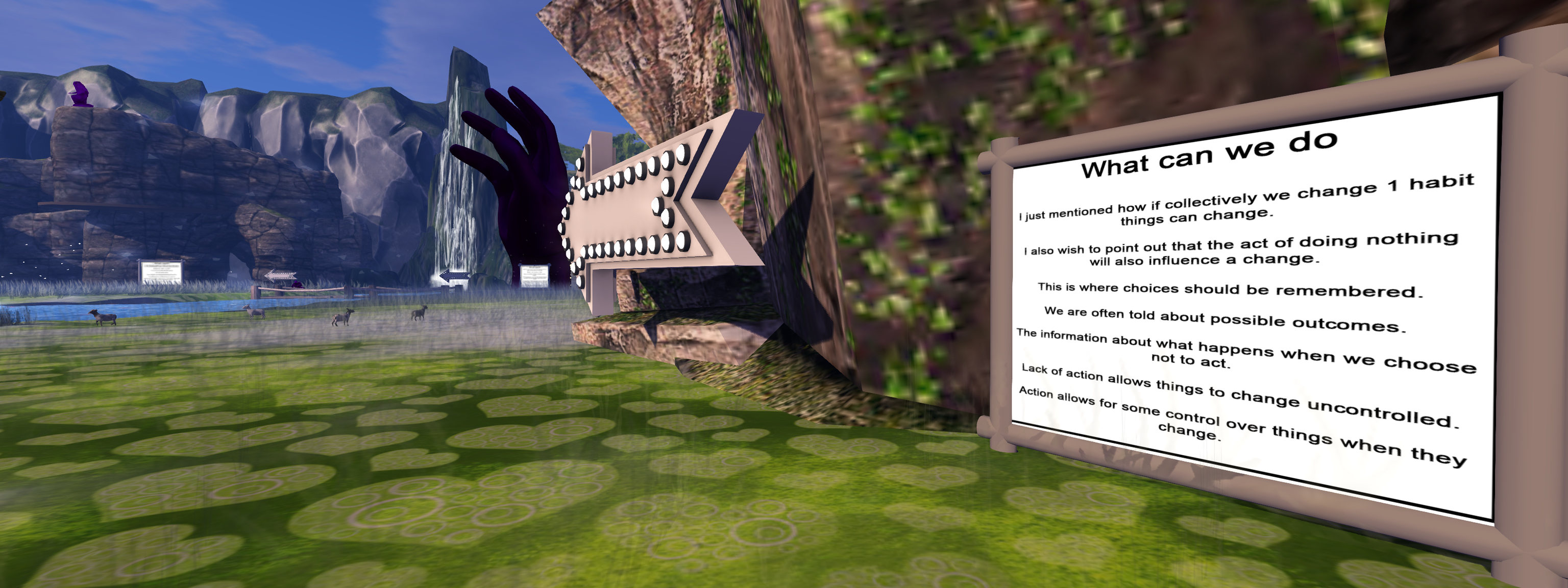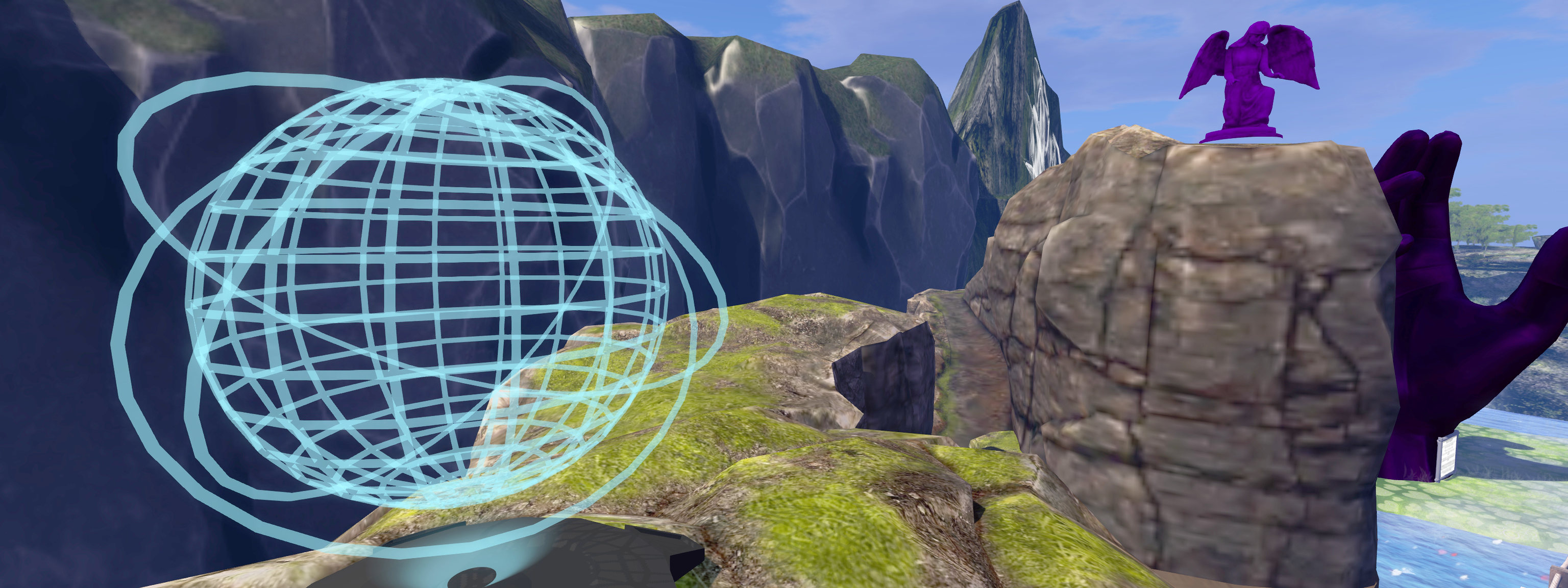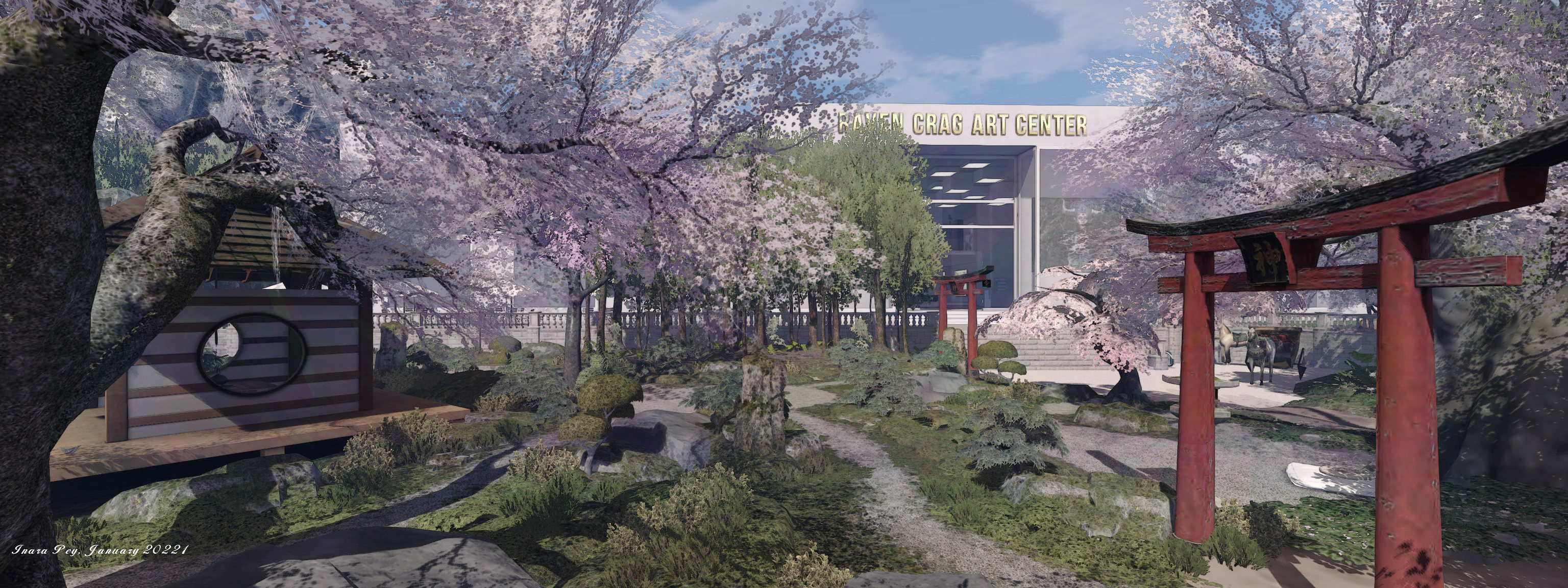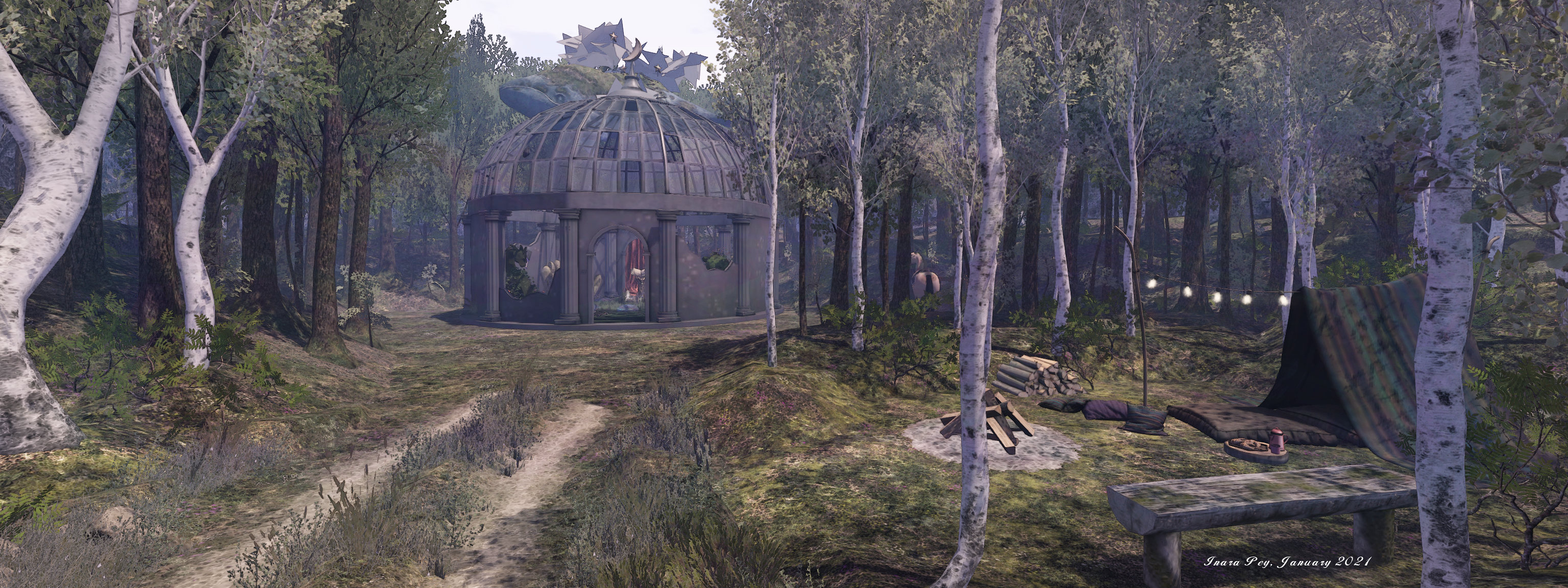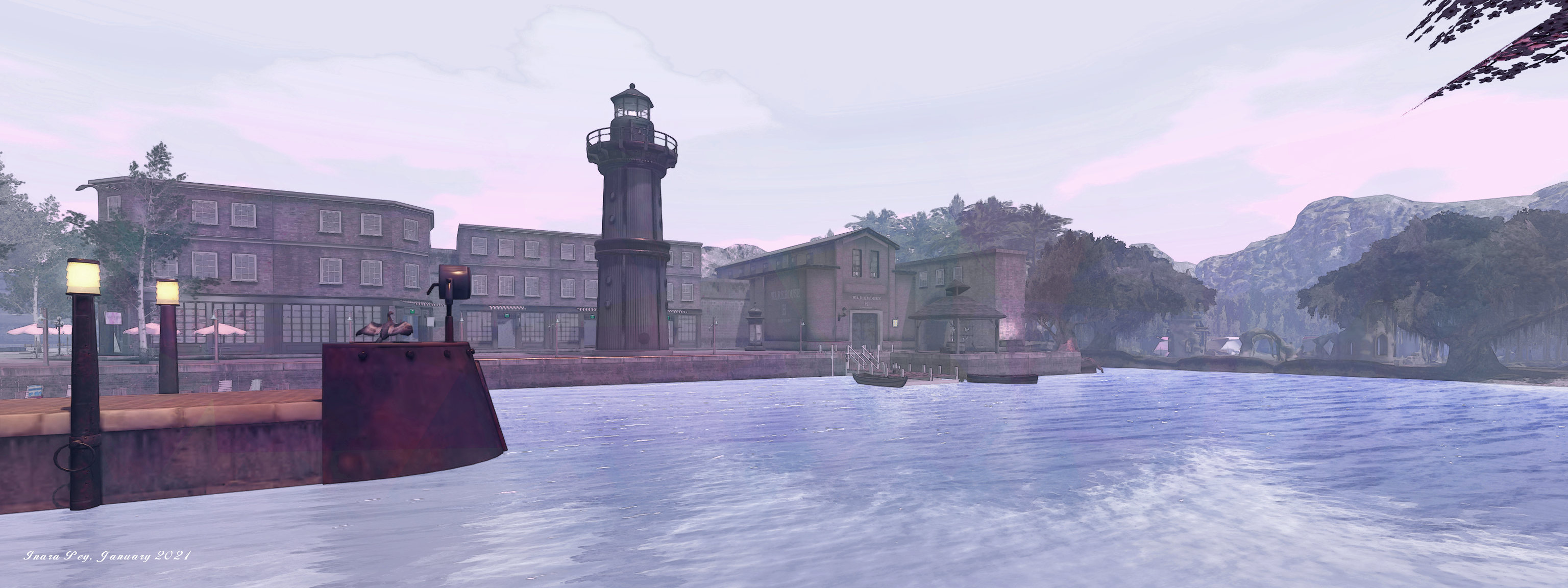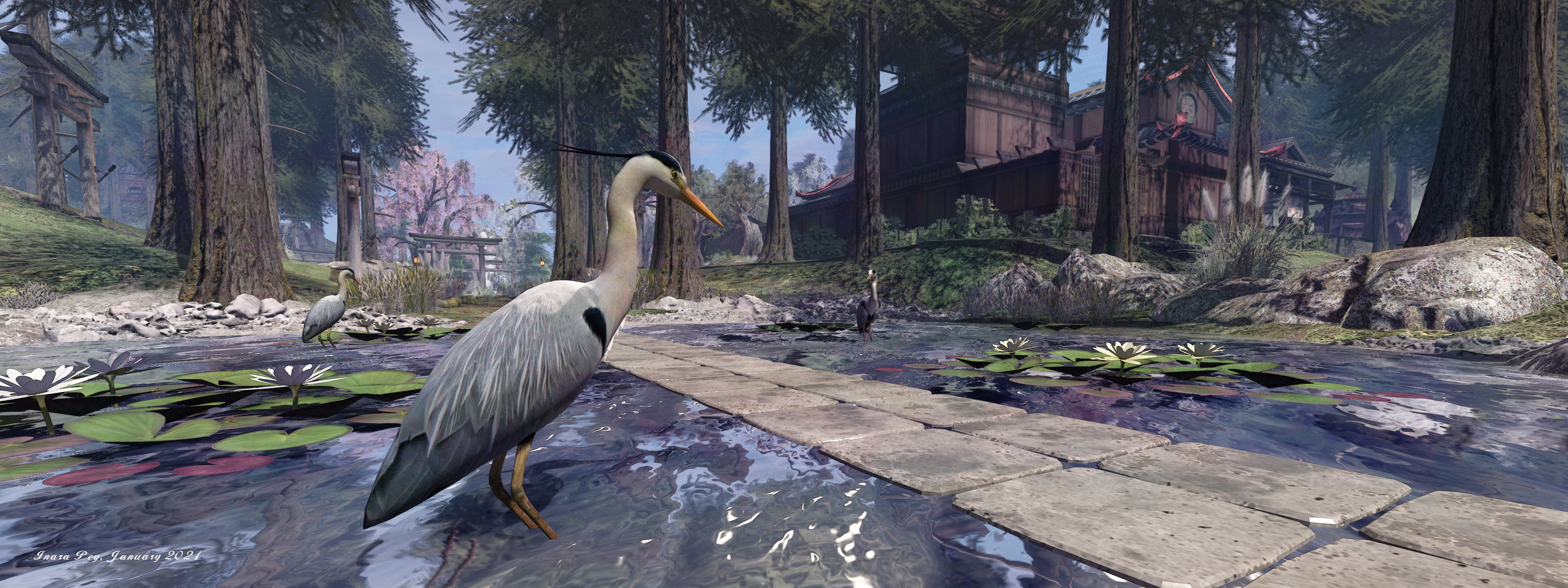
Fifty years ago today, January 31st, 2021, America’s Apollo lunar missions resumed – and came perilously close to a second aborted mission.
Originally scheduled to take place in July 1970, Apollo 14 was delayed following the Apollo 13 crisis (see: Space Sunday: Apollo 13, 50 years on), to both allow time for recommendations resulting from the investigations into the Apollo 13 mishap to be implemented. This not only led to a hiatus in lunar landings, it also meant that the Apollo 14 crew of Mercury 7 veteran Alan B. Shepard Jr. (Commander), Stuart A. Roosa (Command Module Pilot) and Edgar D. Mitchell (Lunar Module Pilot) eventually spent more time training together than any other Apollo crew to that point: a total of 19 months.
In the immediate aftermath of Apollo 13, NASA Administrator Thomas O. Paine indicated the agency would ideally like to launch the mission before the end of 1970; however, the recommendations for changes to be made to the Command and Service Module (CSM) combination meant that the earliest the agency could realistically schedule a launch for the mission was at the end of January 1971 – with much of the work in supervising the necessary changes being loaded directly onto the shoulders of Shepherd and Roosa.
We realised that if our mission failed—if we had to turn back—that was probably the end of the Apollo program. There was no way NASA could stand two failures in a row. We figured there was a heavy mantle on our shoulders to make sure we got it right
– Edgar D. Mitchell, discussing Apollo 14 preparations, speaking in 2011
A further complication for the mission was that following Apollo 13, the original landing site for the Apollo 14 crew at Littrow crater, in Mare Serenitatis was abandoned in favour of sending the mission to Fra Mauro, the intended landing site for Apollo 13, and which was seen as having greater scientific relevance, requiring Shepherd and Mitchell to revisit their lunar surface and geology training – Littrow had required a high degree of training in volcanic geology; Fra Mauro was an impact crater site.
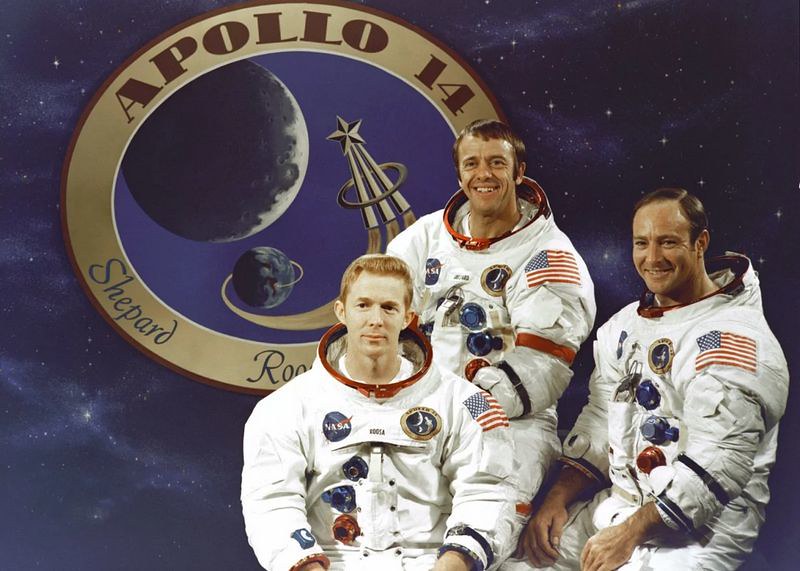
The key changes to the CSM combination were around the oxygen tanks that had exploded on Apollo 13. These includes a complete redesign of the tanks and the circuitry within them, while a third tank was add on the opposite side of the SM that could act as a back-up in case of issues with the first two. Other changes included incorporating a 5 US gallon tank of “emergency” drinking water and an additional battery to help maintain electrical power to the Command Module in event of the main power buses failing. Alterations were also made to the connections between the Command and Lunar modules for easier and faster transfer of power and control between the two.
Outside of the need to overhaul the CSM combination in the wake of Apollo 13, the Lunar Module for the mission – the last of the “short term” H-class missions – underwent changes that included anti-slosh baffles in the descent engine fuel tanks intended to prevent incorrect low fuel warnings to be triggered – an issue that plagued both Apollo 11 and Apollo 12 – and the installation of additional equipment hard-points for the surface science mission, which would be the most intensive yet for an Apollo lunar mission.
Aside from these changes, the mission was to be the first to fly an altered Saturn V rocket. Whilst ostensibly the same externally as all the previous Saturn Vs that had flown, SA-509 had a series of internal changes made to its fuel system to prevent pogo oscillations – a self-excited vibration in liquid-propellant rocket engines caused by combustion instability that can, if unchecked, result in an engine exploding. On Apollo 13, such oscillations had meant the centre J2 engine of the rocket’s upper stage had to be prematurely shut down.
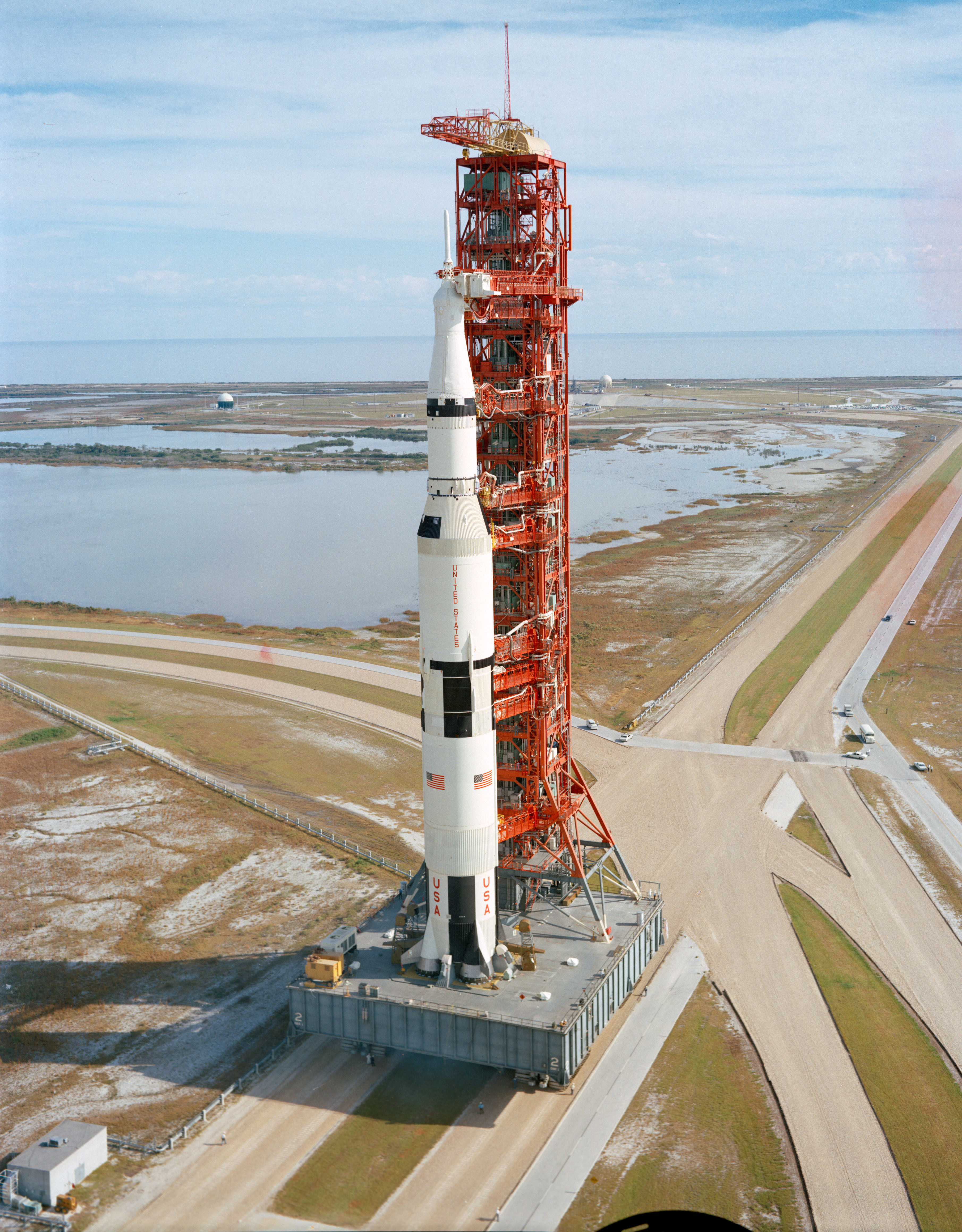
Of the crew, Shepard was the only one to have previously flown in space as the first American to complete a sub-orbital hop aboard Mercury Freedom 7 in May 1961.
Born in 1923, Shepard attended the US Navy Academy at Annapolis from 1941 to 1944 (the normal 4-year training course having been cut by 12 months due to World War 2). He initially served aboard the destroyer USS Cogswell – it then being a requirement that Navy aviators serve shipboard time prior to starting flying training -, rising to the rank of Air Gunnery Officer, responsible for the ship’s anti-aircraft guns and crews, a position he held while the Cogswell served critical roles in the Battle of Okinawa and off the coast of Japan.
In November 1945 he transferred to flight training school, and after almost washing out as a pupil, went on to gain 3,600 flying hours with more than 1,700 in jets, eventually rising to the position of Aircraft Readiness Officer on the staff of the Commander-in-Chief, Atlantic Fleet.
After his Mercury flight, In 1963 Shepard was grounded due to Ménière’s disease, an inner-ear ailment that caused episodes of extreme dizziness and nausea.This precluded him from flight involvement in the Gemini programme, although from 1963 through 1969 he was NASA’s Chief of the Astronaut Office with overall responsibility for astronaut training and mission selection.
In 1969, Shepard underwent successful surgery to correct his ear issue, and was returned to active flight status. He immediately lobbied his successor as Chief of the Astronaut Office, Donald “Deke” Slayton for a position on Apollo, and was initially earmarked to command Apollo 13. However, his “inexperience” in having missed the entire Gemini programme, and that of his crew as a whole, saw them “bumped” to Apollo 14 to allow them a greater amount of training.
Both Stuart Roosa and Edgar Mitchell were rookies, with Apollo 14 their first and only flight into space. Roosa had previously been a “smokejumper” with the US Forest Service, parachuting into remote area to combat forest fires, prior to transferring to the United States Air Force and training to be both a fighter pilot and an experimental test pilot. On joining NASA in 1966, he was the capsule communicator (CAPCOM) for the tragic Apollo 1 fire, and also served on the support team for Apollo 9, working closely with Edgar Mitchell.
Mitchell was another Naval aviator, having entered the service in 1952 with a degree in industrial management. During during his military flying career he gained a second bachelor’s degree in aeronautics and a doctorate in in aeronautics and astronautics. He also clocked an impressive 5,000 flying hours as both a front-line fighter pilot and a test pilot, 2,000 of those hours gained in jets.
Mitchell’s involvement with space activities actually started before he joined NASA, when in 1964 he was assigned to the US Air Force Manned Orbiting Laboratory (MOL), serving as Chief, Project Management Division of the Navy Field Office that was liaising with the Air Force, and also as an instructor in advanced mathematics and navigation theory for MOL astronaut candidates. When MOL was cancelled, he applied to NASA, and was accepted as a part of the fifth astronaut intake alongside Stuart Roosa.
Given it was the first mission to follow Apollo 13, there was a lot of media and political attention on Apollo 14, including pressure for it to launch on schedule. As it was, weather intervened on the launch day, causing the countdown to be paused for some 40 minutes – the first time such a delay had occurred with and Apollo mission. Launch eventually took place at 21:03:02 UTC on January 31st, 1971.
The pre-launch delay wasn’t considered to be a significant issue, as the mission was to take a faster trajectory to the Moon than previous launches, so the delay effectively left it running precisely “on time” compared to earlier missions. Following a require time in Earth orbit, the S-IVB third stage engines were-lit, pushing the mission on its way to the Moon.
Once en-route, the CSM – christened Kitty Hawk by the crew in honour of the Wright Brothers – had to separate from the S-IVB, then turn through 180º to dock with the now-exposed Lunar Module (called Antares after the star Shepard and Mitchell were due to use as reference point when orienting their craft for its lunar landing) and then gently pull it clear of the rocket stage, which would then gently divert away from the Apollo vehicles flight path.
Roosa, as Command Module Pilot, hoped to set the record for competing this manoeuvre using the least amount of fuel. However, the extended docking mechanism in the nose of the Command Module had other ideas – it refused to latch onto the lunar module firmly enough to trigger the release of the pin holding the LM in place on the S-IVB. Over two hours Roosa repeatedly attempted to make an initial “soft dock” with the LM, but was repeatedly thwarted, leaving the crew and mission control agitated: if the LM could not be extracted by the CM, then the mission was over – and two mission failures in succession, even without any loss of life, would likely spell the end of Apollo.
